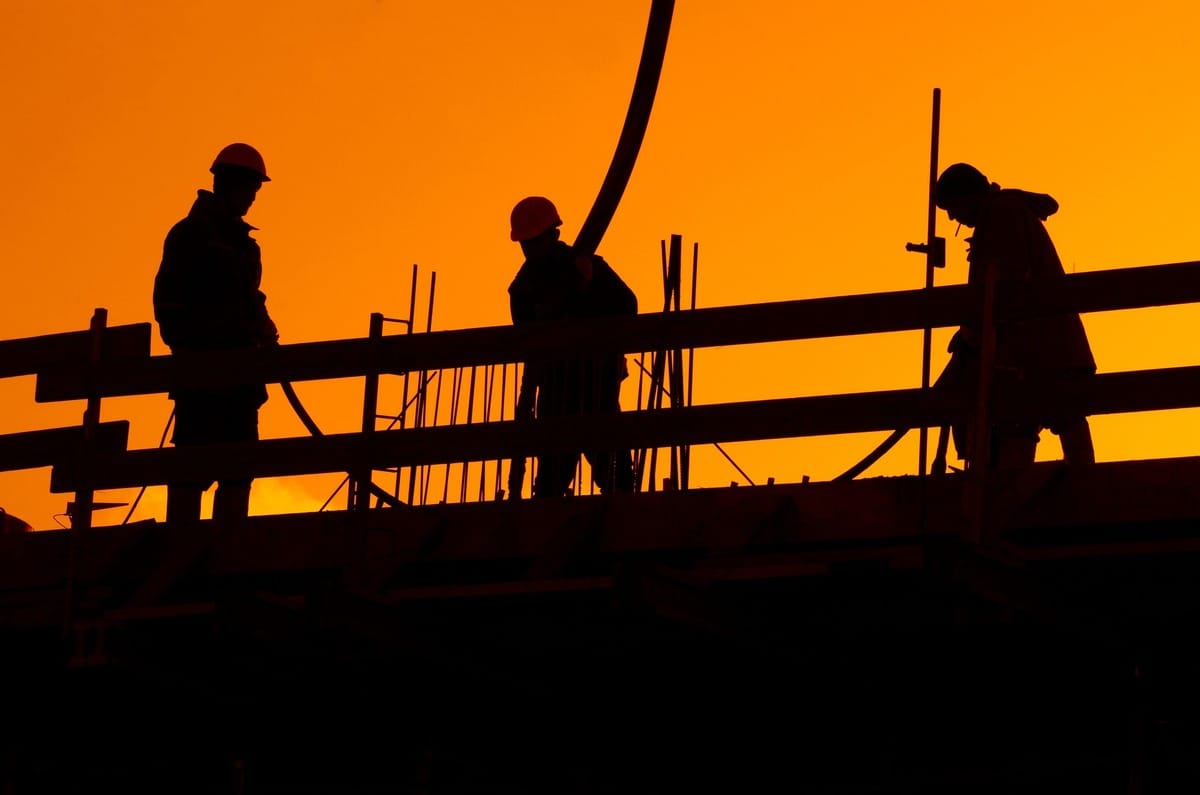- Full Brim Safety
- Posts
- How to Use Engineering and Administrative Controls Effectively
How to Use Engineering and Administrative Controls Effectively
Full Brim Safety: Build Smart, Build Safe

How to Use Engineering and Administrative Controls Effectively
Welcome back, let's Build Smart & Build Safe! Today, we'll continue our climb up the ladder of the hierarchy of controls, exploring levels 3 and 4: Engineering Controls and Administrative Controls.
Level 3: Engineering Controls
Imagine safety built into the very fabric of the workplace. That's the essence of engineering controls. These physical barriers, devices, and systems minimize fall risks without relying solely on human behavior. Think of them as automatic guardians, constantly protecting workers from potential hazards.
Examples of effective engineering controls in construction include:
Scaffolding with guardrails and toe boards: Providing a safe working platform at heights with physical barriers preventing falls.
Machine and tool guards: Guards installed on tools around rotating blades or moving parts on industrial equipment. These keep the operator from coming in contact with a rotating blade or equipment.
Hole covers and guardrails: Securely covering open holes and providing barriers around openings to prevent falls.
Benefits of Engineering Controls:
Automatic protection: Offer constant protection regardless of worker behavior or fatigue.
Reduced reliance on PPE: Can minimize the need for wearing additional equipment, enhancing comfort and productivity.
Improved safety culture: Promotes a proactive approach to hazard prevention.
Level 4: Administrative Controls
While engineering controls focus on the physical environment, administrative controls address human behavior and work practices. These rely on policies, procedures, training, and communication to create a safety-conscious workplace and reduce fall risks.
Examples of administrative controls in construction:
Developing and enforcing fall protection plans: outlining specific procedures and requirements for fall risk situations.
Providing comprehensive safety training: educating workers on fall hazards, preventative measures, and proper use of safety equipment.
Implementing safety meetings and inspections: regularly discussing safety concerns, identifying potential hazards, and addressing them proactively.
Establishing work-permit systems: requiring permits for tasks involving fall risks and ensuring proper safety measures are in place.
Warning and Danger Signs: Communicate with workers hazards beyond a set point and what procedures are required to enter an area.
Benefits of Administrative Controls:
Flexible and adaptable: Can be tailored to specific work environments and tasks.
Promote a culture of safety: Encourage worker involvement and accountability in safety practices.
Relatively low cost: Can be implemented without significant investment in physical equipment.
Balancing Effectiveness with Feasibility:
Both engineering and administrative controls play crucial roles in hazard control. However, it's important to balance their effectiveness with feasibility and cost. Consider these factors:
Nature of the hazard: Choose controls that address the specific risks present.
Cost and practicality: Ensure the chosen controls are affordable and easy to implement.
Worker acceptance and compliance: Ensure controls are user-friendly and encourage worker buy-in.
Compliance with regulations: Choose controls that meet OSHA and other safety standards.
By effectively implementing engineering and administrative controls, we can create a layered defense against job site hazards and ensure a safer work environment for all construction workers.
Stay tuned for tomorrow as we explore the final level of the hierarchy: Personal Protective Equipment (PPE)!
Don't forget to sign your friends up for Full Brim Safety for your daily dose of construction safety tips!
-The Safety Man
